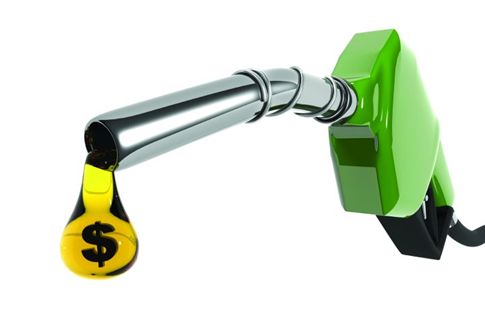Generators are a costly, but essential, piece of equipment for building companies and plant hire managers.
People working in these sectors will know only too well how useful the devices are, but organisations need to make sure they put efficiency at the heart of their operations. One aspect of this is fuel management, as manufacturers have to consider the relative merits of different types of fuel.
While natural gas, vapour propane and liquid propane are the most common choices for small automatic standby generators, large-scale systems are more likely to use diesel. According to Critical Fuel Systems, these options not only provide energy for the generator to convert, but also serve as a lubricant for the injectors of engine generators.
Level sensors for fuel management
Of course, a high-quality fuel level sensor, such as those on offer from PVL, is an essential tool for fuel management. They can be used to measure the quantity of any substance that flows and among the key considerations are the amount of accuracy required and the means by which it works, such as a magnetic switch, an ultrasonic signal, conductive probe or a vibrating fork.

The importance of maintenance cannot be understated, as fuel will degrade rapidly beyond the point of usability if this process is not carried out diligently. Among the reasons for degradation are moisture, heat, oxygen, and biological growth. As diesel fuel is hydrophilic, meaning it attracts moisture, some of the moisture will settle out of the fuel to become free water. This means removing the moisture and free water is key to maintaining the fuel.
Aside from running biannual maintenance checks, which should ideally be carried out in spring and autumn, firms should also keep a generator maintenance record book detailing all of the results from these services. With debris getting into an alternator being the most likely way of destroying a perfectly good generator, keeping it clean is very important.
Don’t let fuel get too warm
Diesel can have a flashpoint near 140 degrees C, so an effective cooling system has to be in place to prevent the liquid from reaching this temperature. Both onboard or external fuel coolers can be used, with the former preferable if the option exists.
However, a day tank fuel replacement is another control option worth considering, as this means the fuel will be pumped back to the storage tank and refilled with relatively cool fuel from the tank once a specific temperature has been reached. The main benefit of this option is that every time you replenish the tank, the pumping and control system is checked for proper operation.
Transportation
Fuel is very flammable and so safety needs to be considered at all times. This is why you should never fill a tank to its limit, as there needs to be room for expansion. You should also allow the generator and engine to cool entirely before adding fuel.
When you are transporting the generator, always disconnect the spark plug wire and place it out of reach of the spark plug, as this will prevent accidental starting when transporting the generator. By doing so, you’ll get your money’s worth out of the generator.
